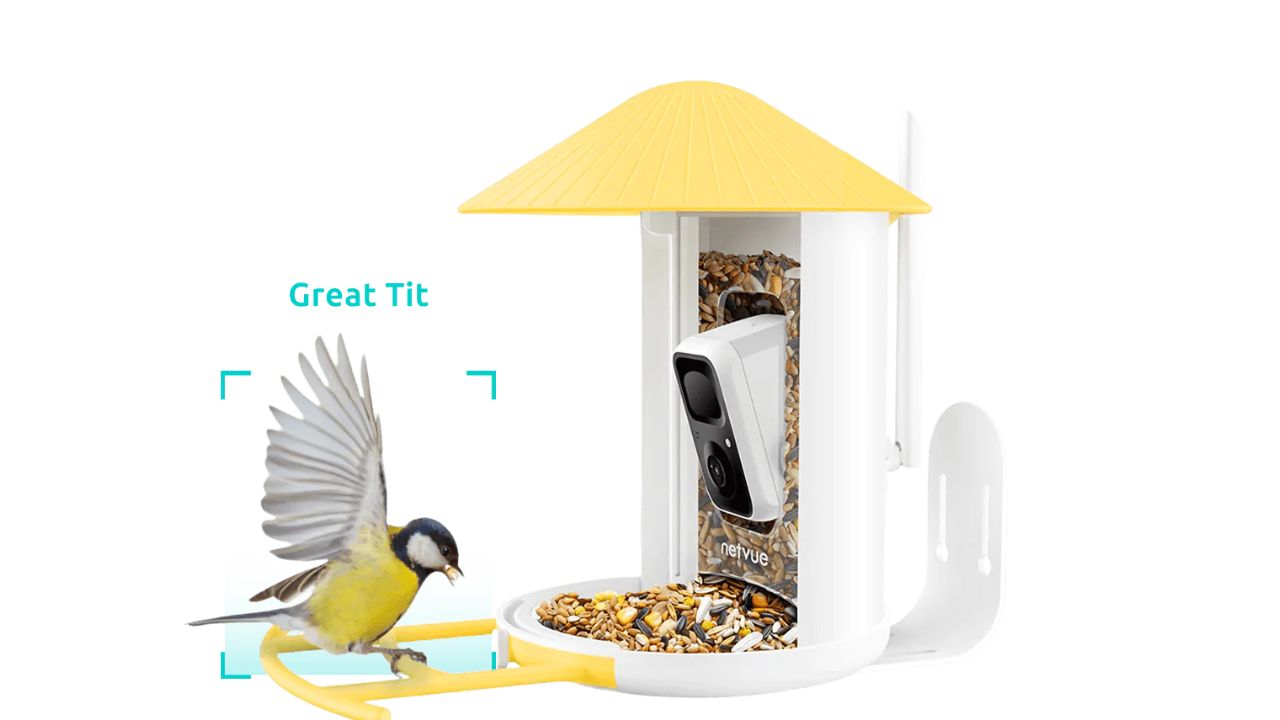Our impact on the natural environment and its bird inhabitants is becoming more and more evident as our culture adopts ever-improving technology. This forces us to think more carefully about ourselves and consider the things we might overlook in our day-to-day lives. This article discusses glass, a common element of artificial landscapes, as an excellent illustration of these frequently disregarded issues.
It is astonishing to think that this seemingly harmless existence would have been a serious menace to our feathered friends, killing billions of birds. Explore this article and sign up for Birdfy official to learn more about the dangers of window crashes and to get useful advice on preventing bird strikes.
Window crashes are one of the main human-caused causes of bird death, according to a 2004 research by the American Bird Conservancy (ABC). Over a billion birds are killed and several others are damaged by window strikes every year in the United States alone. When birds crash into glass surfaces, they suffer severe injuries to their wings, eyes, and even heads, which frequently result in internal bleeding or concussions.
Types of Preventive Techniques
From straightforward plant relocation to intricate do-it-yourself (DIY) solutions, this section describes four main preventive techniques for protecting birds from window collisions.
Naturescaping Techniques
First, and simplest of all, change your everyday placement habits just a little bit to avoid bird-window collisions. For example, move large houseplants in your backyard or indoor plants away from windows where strikes are likely. If you have bird baths or feeders, situate them either much farther away (at least 30 feet) or very close (within 3 feet) from windows.
Windows Coverage
If you’re willing to buy new furniture for your house, think about covering your windows with exterior sun shades, internal blinds, or detachable screens. By adjusting the quantity of outside light, you can lessen the chance of bird strikes.
Patterns and Decals for Windows
Installing window decals or other do-it-yourself solutions is a good way to help the birds without obstructing your view, and it can be an enjoyable family project. Here are a few choices:
- To make a barrier for birds, closely space these decals and designs apart by two to four inches. For birds to perceive dot patterns, the diameter of the dots must be at least 1/4 inch. While not visible to all bird species, ultraviolet patterns are useful in discouraging birds despite being transparent to humans.
- This substance keeps birds away by seeming opaque from the outside while allowing you to see outside the window.
- You may paint designs on glass with this durable, non-toxic paint. You can get it from most craft or art stores, and you can use a brush or sponge to make your artwork that is suitable for birds.
- Although applying stripped tape can be a little difficult, it works well to keep birds away from glass because they don’t like to fly into such patterns.
Lighting also Matters
Even though window collisions occur more frequently during the day, birds can also be seriously endangered by nighttime window lights, especially in the migratory seasons (mid-March to early June and late August to mid-November). Birds that are migrating may become confused and attracted by the contrast between the brightness of the night sky and the lights of the night. Some recommendations are to cover up external light sources, add motion-sensor lighting, and switch off lights that aren’t needed.
Sum Up
Bird watchers and environmentalists have traditionally prioritized coexisting peacefully with their avian companions. Sadly, human progress has led to an increase in the risk of deadly window crashes, so we must all acknowledge our impact on the lives of these feathered companions and the larger natural environment. The quest to conserve birds is a continuing one, and we need to act now to save these endangered species. We can make a better future for birds and the earth by working together.
